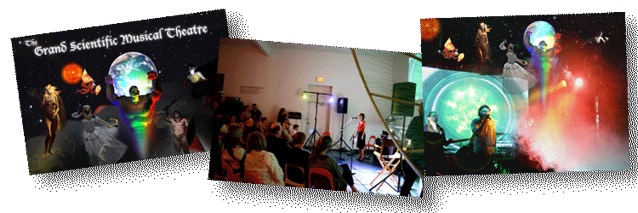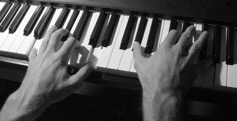About My Books

My books were all inspired by a theory of music and perception which I developed called Harmonic Interference Theory (or HIT for short). This theory proposes that harmonic standing waves act at all scales of nature as a guiding force in the evolution of everything from galaxies and solar systems to plants and animals. This includes the physiological organization of the human body and sensory organs. When applied to the process of music perception, HIT suggests that we humans recognize and respond to music by matching harmonic interference patterns from the air against similar patterns evolved in our ears and auditory cortex. In short, perception of harmony is fundamentally an intrinsic, out-of-the-box capability.
Ancient civilizations, such as the Greeks, understood music perception in much the same way, even developing an advanced harmonic science and spiritual cosmology from it. Alas, this musical worldview was suppressed in the West for hundreds of years by anti-pagan religious doctrine, leaving only remnants of it behind in mythologies, religious symbolisms, and the secret fraternities. Known as Musica Universalis in Greco-Roman tradition and Audible Life Stream in the Near East, the physics and physiology of music perception was once the theory of everything.
Each book explores a different facet of this forgotten musical worldview. They seek a deeper explanation for the world around us than that taught in our schools, laboratories and churches. The kind of explanations most want, but can never find. Explanations protected from subjective opinion and learned behavior—beyond the dogma of culture and faith. A harmonic philosophy that explains our place at the razor’s edge between order and chaos, circle and spiral, the limited and the unlimited. A place where music might become the science it once was and should become.
Like an inverse reflection by painter Rene Magritte, I will be your avatar and guide into this musical worldview. I bring a human element to the method of science and a rationale to the aesthetic of art. My words form neither a scientific paper nor a musical treatise. They are inadequate for both, yet perhaps adequate for the space in between. This is the space that interests me and the space I believe holds the most promise for the future. This is the model for music harmony that turns out to be the model for everything.
Richard Merrick
April 2023


